Often voted the best place to live in the UK, the south-west city of Bristol is an independent-minded hub of creativity, industry, and excellent bars. During the warmer months, the city holds a seemingly non-stop calendar of festivals that throng the elegant green spaces and trendy docksides of this historic port city.

Bristol Balloon Fiesta over the suspension Bridge (Photo: Gary Newman)
Perhaps the most defining image of the city of Bristol – and one of its most popular sights – is that of the suspension bridge spanning the Avon Gorge (on postcards, usually it’s a silhouetted backdrop to the hot air balloons floating up from the city’s annual balloon festival). The bridge’s distinctive, Egyptian-influenced towers appear symbolically like a drawbridge or gateway into a city of traders that has, throughout history, fiercely sought independence and mastery over its own affairs.
It’s a state of mind that has transcended class within the city boundaries, and endured, continuing to inform its arts, culture, and politics. And if Isambard Kingdom Brunel – the single-minded Victorian engineer responsible for the bridge and Bristol’s Temple Meads train station – is emblematic of the original thinkers of Bristol past, then it’s probably the wit and skewed perspective of homegrown street artist Banksy that best encapsulates Bristol present.
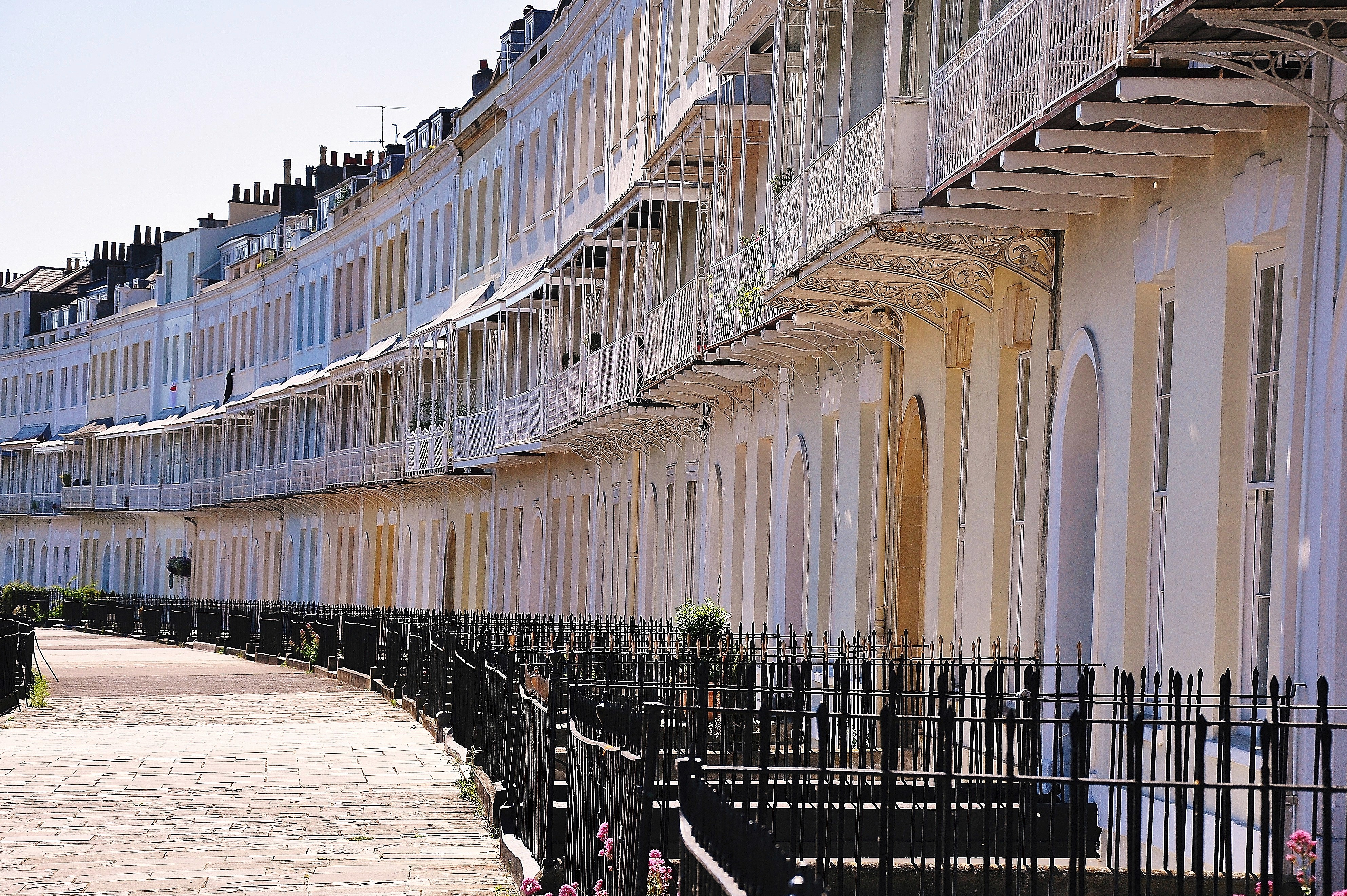
Clifton (Photo: Destination Bristol)
But you wouldn’t think that in the monied neighbourhood of Clifton. Found near the Downs parkland adjacent to the gorge, Clifton and its surrounds are the city’s handsome, wealthy face. A well-kept neighbourhood of Victorian and Georgian architecture, its sweeping crescents and quiet cobbled mews are great to explore. At its heart is Clifton Village, a grid of tall townhouses, coffee houses, pubs and bistros. It’s a good location from which to stroll across the suspension bridge to Ashton Court Estate, where the International Hot Air Balloon Festival – Europe’s largest hot air balloon extravaganza – takes place in August.
Walk the other way, following the shopping and entertainment arteries of Whiteladies Road and Park Street, and you’ll descend into the city centre. You’ll pass Cabot Tower on your right, the monument to John Cabot – actually an Italian navigator – who sailed from Bristol to North America in 1497. The city has an extraordinary naval history, best explored first hand at Brunel’s SS Great Britain, a landmark ocean liner turned museum ship.
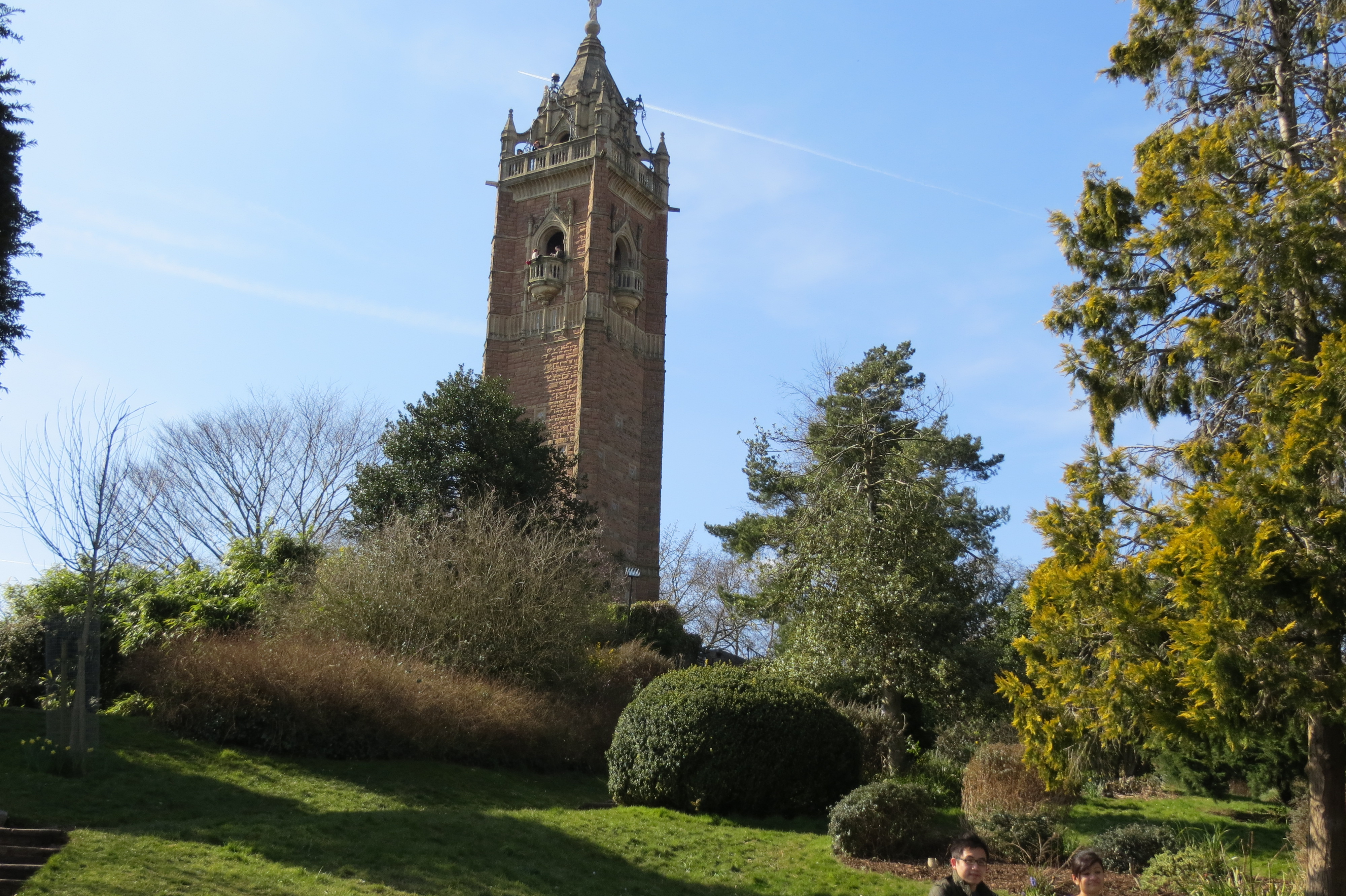
Cabot Tower (Photo: Destination Bristol)
Its natural, then, that the docks are Bristol’s heart. Here in the summer you’ll find the quays thronged during the Harbour Festival or wreathed in hickory-scented smoke during the music and bbq festival, Grillstock. Outside of the big events, check out the newly minted Wapping Wharf area – shipping containers filled with niche shops, bars and restaurants – besides the superb M Shed, a museum and art gallery focused on Bristol past and present. Or step back in time with a visit and a pint at the Llandoger Trow pub (built in 1664), apparently the place that inspired author Robert Louis Stevenson to write his classic Treasure Island.
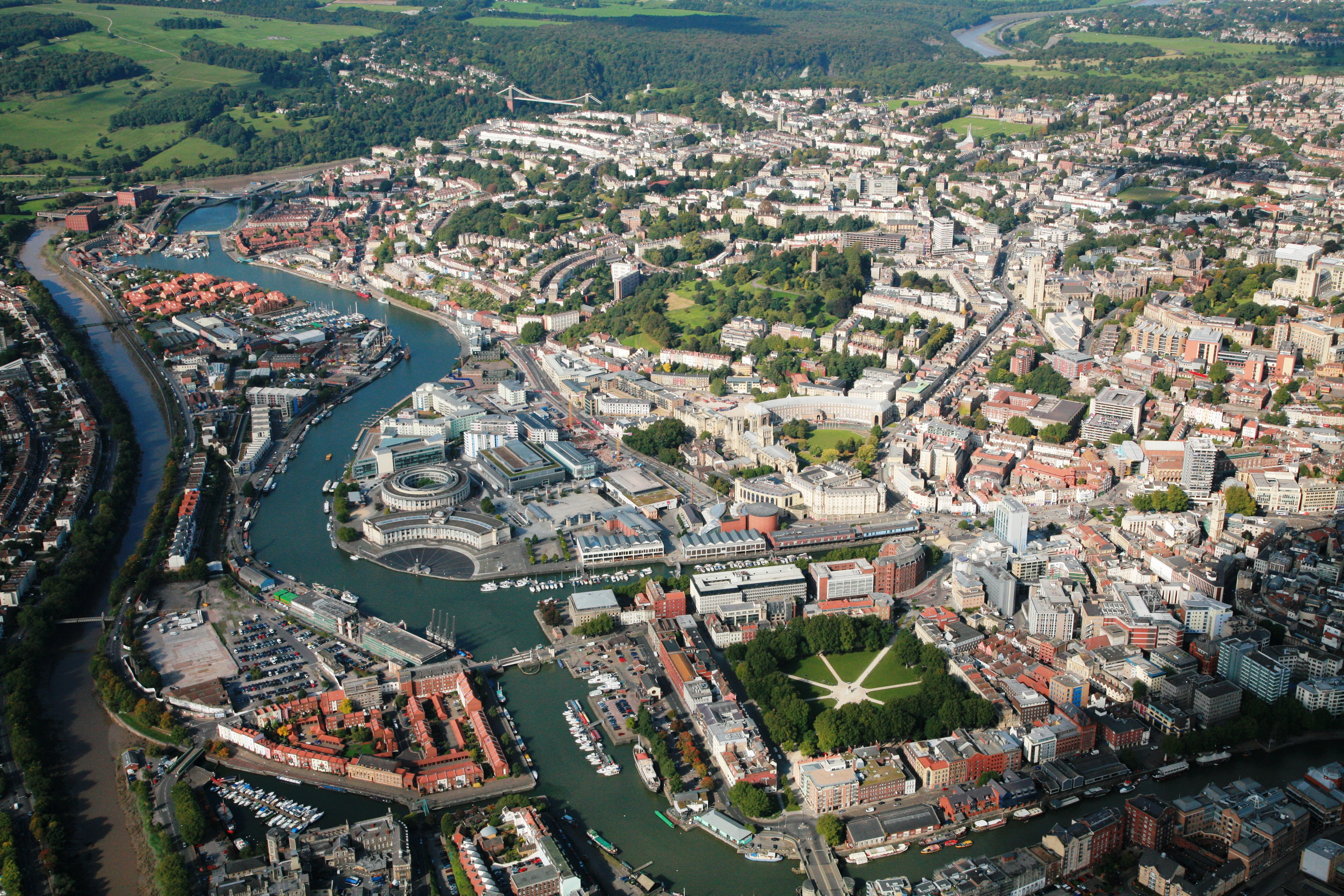
Aerial shot of Bristol (Photo: Destination Bristol)
Beyond the docks, the city centre is a warren of shopping and delightful surprises like St. Nicholas Markets, its street stalls one of the best places in the city to get lunch. Follow Gloucester Road to hit upon Bristol’s main indie artery, packed with restaurants, bars, and independent shops. You’ll pass through Stokes Croft, a neighbourhood turned open air art gallery displaying huge street murals on the sides of its buildings. It’s the extraordinary variety, from genteel Clifton to streetwise Stokes Croft, that puts Bristol top of the UK’s best cities list – and makes it a fantastic choice for a long weekend.
Accommodation

Number 38 Clifton (Photo: Number 38)
For a touch of cosy luxe, book into the Mr and Mrs Smith B&B, Number 38 Clifton. Billed as a ‘boutique and breakfast’, this beautifully appointed Georgian townhouse offers ten bedrooms decked out in a minimal Parisian chic, with vintage furniture and artworks dotted around the rooms. There’s views from all rooms, and a roof garden for sunny days. The included breakfast is as sumptuous as the accommodation, and served in bed for no extra charge.
Perched on the Avon Gorge and offering unparalleled views of the suspension bridge, the Avon Gorge Hotel by Hotel Du Vin in Clifton offers perhaps the choicest location for a short visit. Currently in the throes of a renovation by glam new owners Malmaison Hotel Du Vin, this landmark hotel has enjoyed a sumptuous overhaul. But even if you choose not to check in, the terrace and its views are a must for an aperitif in the sunnier months.
On the edge of the Stokes Croft neighbourhood, the gloriously painted façade of the Full Moon Backpacker Hostel and Attic Bar radiates Bristolian verve. The comfortable dorms (private rooms are also available) were spruced up in 2016 with murals commissioned from an international array of talent. Besides the excellent value for money and good location for accessing Gloucester Road and the centre, its Attic Bar is lively and now offers superb organic pizzas. Book early (and bring your ear plugs).
Restaurants, Bars & Cafes
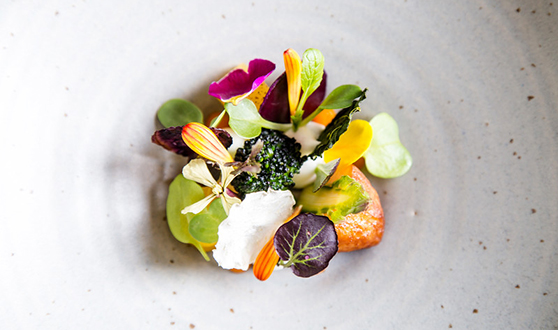
The food at Casamia (Photo: Casamia)
Serving Michelin-starred cuisine that is influenced by the ‘individuality, multicultural and creative vibes of Bristol’, Casamia restaurant has been a leading light in the city’s rapidly developing culinary scene. As such it’s not a cheap night out, but the seasonal, ever-changing, multi-course tasting menu delivers stunning value for money, with dishes along the lines of beetroot risotto with fennel two ways, and tranche of turbot and pancetta cubes.
At the top of the trendy new Wapping Wharf development, Bertha’s Sourdough Pizza is a friendly pizza joint with an artisan outlook. The pizzas’ sourdough bases are works of art, fluffy with a smidge of char that contributes an interesting contrast. The ‘Meat & Heat’ may sound like a niche nightclub, but it’s actually the stand-out pizza on the menu, the Cobble Lane-cured pepperoni balanced with the sweetness of added honey.

The decadent interior of the Milk Thistle prohibition bar (Photo: Milk Thistle)
Bristol eagerly welcomed the speakeasy bar trend of recent times, and its best have taken root. The centrally located, unmarked Milk Thistle is such a one, its sophistication and class a refreshing change of pace from the voluminous, soulless booze barns of which Bristol city centre has rather too many. The Milk Thistle is all wood-panelling and leather armchairs, with exquisite cocktails. Be sure to book a table ahead of time.
Something of a local institution, the cosy Coronation Tap, located at the end of a lane in Clifton, is a cider house and live music pub par excellence. Many locals have stories of spending an evening at the ‘Cori Tap’ and, after a half or two of the double strength house cider, ending the night rather enjoyably, if messily. An authentic slice of West Country culture in cosmopolitan Clifton.
Another idiosyncratic Clifton stop is the classy yet casual The Clifton Sausage. A champion of classic British cuisine well done (as if there was any other kind), it’s not just about sausages, although sausage – especially at dinner – is definitely the main event. You can even order a sausage tasting plate, served with parsnip crisps.
It’s hard to select only one or two cafes out of a city with a well-developed coffee scene, but Small Street Espresso is a fine champion. Hipster, but within reason, this dinky, centrally-located coffee bar serves superb flat whites out of its Firenze-made coffee machine. Its sister venue, Little Victories, has recently opened at Wapping Wharf and also supplies craft beers and organic wine on top of the delectable brews. Try asking for a ‘hit and go’ – it’s an off-menu option where you can down an espresso as you wait for your flat white takeaway.
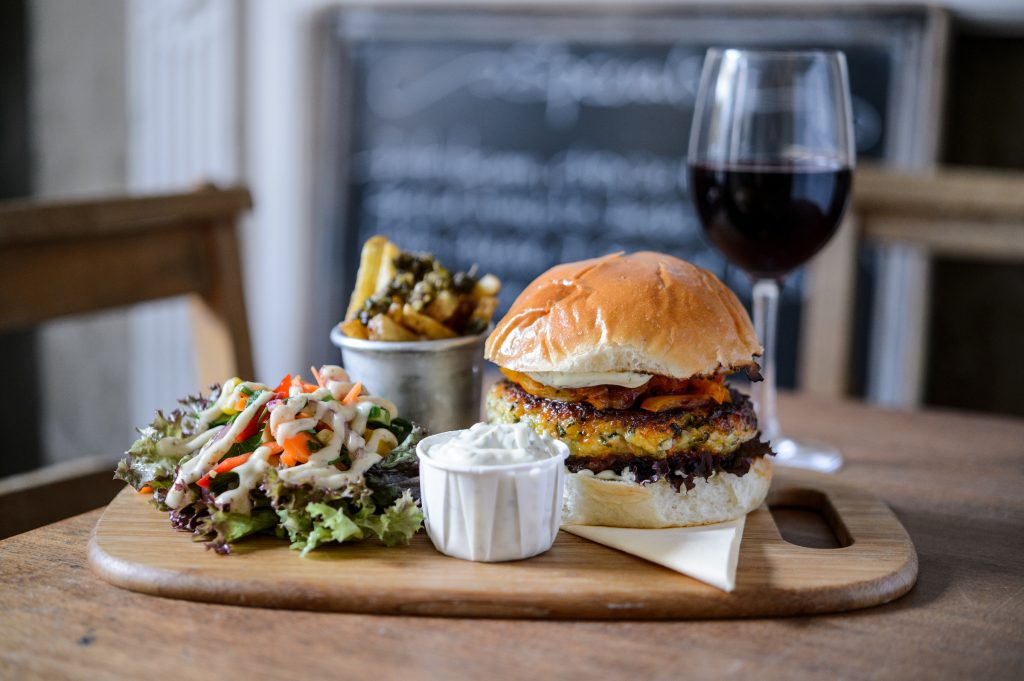
Primrose Cafe (Photo: Primrose Cafe)
Hovering somewhere between café and boho bistro, the chameleonic Primrose Café in Clifton, tucked into a perfect summer sun-trap along a backstreet, is perfect for people watching with a coffee or a full blown romantic dinner. If you can get a table, expect traditional dishes with a twist – masala-spiced scrambled eggs, halloumi and courgette burger, rose-petal ice cream – at very reasonable prices.
Shopping

Cabot Circus (Photo: Cabot Circus Bristol)
When the gleaming shopping mall of Cabot Circus was completed in 2008, it was a long overdue upgrade to tatty Broadmead, Bristol’s central shopping district. Beneath its arching glass ceilings are restaurants, a 13-screen Showcase cinema, and a plethora of high street shops including Harvey Nichols, Cath Kidston, and The White Company. There is also a Five Guys burger joint – blessed be.

Park Street (Photo: Destination Bristol)
Connecting Clifton with the city centre, Park Street is Bristol’s indie high street. Comb for often eclectic pieces of homeware, jewellery, music, or fashion. Take a break from its incline with an Earl Grey in The Boston Tea Party or, in better weather, have a picnic on College Green at the bottom, adjacent to the cathedral. Park Street’s top is marked by the university’s handsome Wills Memorial Building, and in the summer the street has been known to morph into a giant water slide.
Arts Spaces
With Bristol being the UK’s – and, arguably, Europe’s – street art capital, you’d better wear your walking shoes. The hometown of sharp-witted satirist, Banksy, you can hunt out a few of his ‘early works’ near the centre, but it’s the sheer variety of styles on show that’s so impressive. If the weather’s middling to rubbish, get under cover and discover the city’s top notch galleries and museums as well.
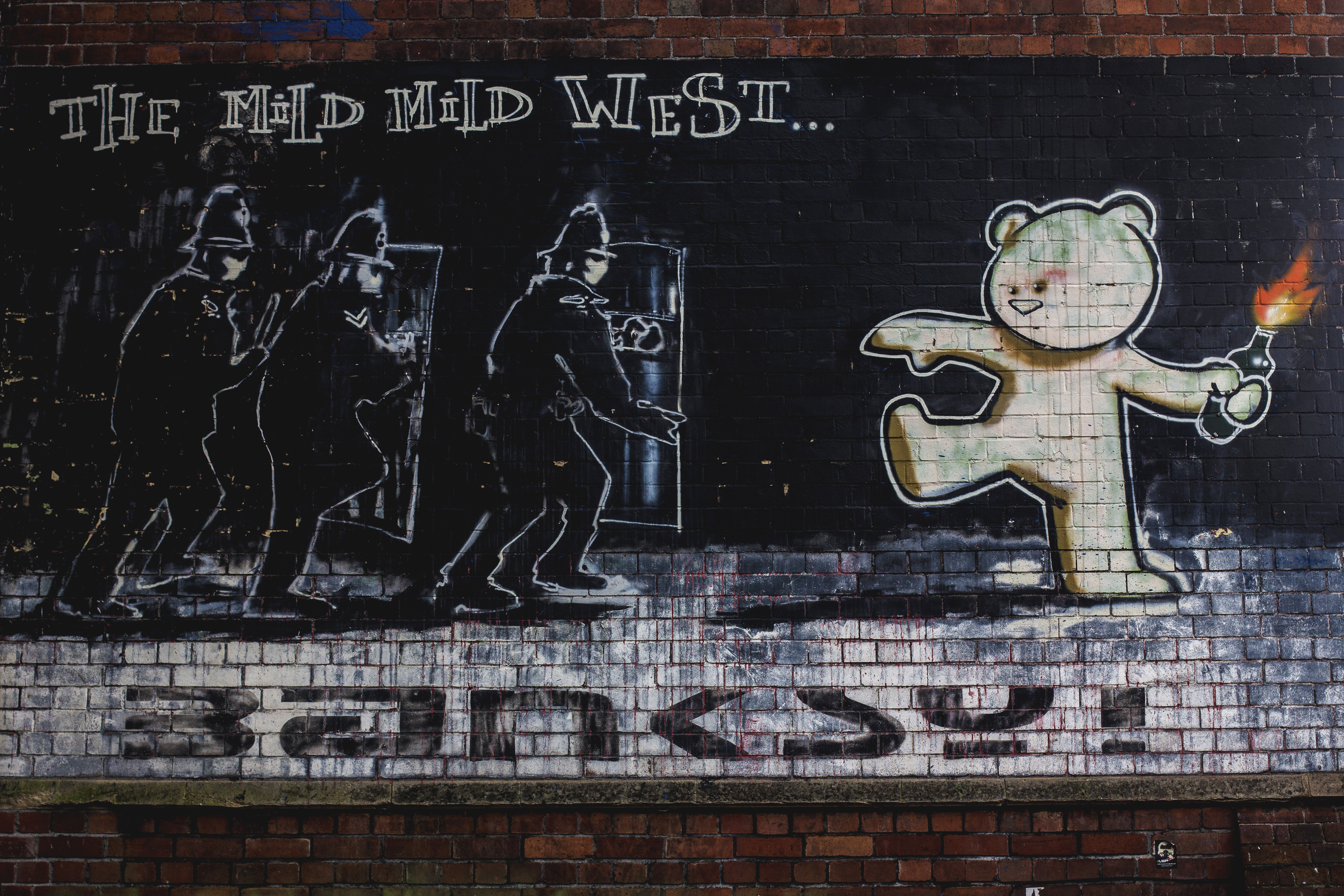
Banksy’s Mild Mild West in Stokes Croft
On any visit, make sure you pop along to Stokes Croft. This previously down-at-heel neighbourhood has morphed into an open-air art gallery, with towering murals around practically every corner. Head over the road to Nelson Street, another of the city’s main art-eries, after the See No Evil graffiti festivals of 2011 and 2012 covered grim multi-storey buildings in eye-popping artworks.
The Arnolfini is the high temple of Bristol’s contemporary arts scene. Located in a former tea warehouse by the central docks, it’s more than just an art gallery (with links to the Tate, no less), also curating a superb calendar of film, performance art, talks and gigs.
Positioned diametrically across from its spiritual cousin the Arnolfini, the Watershed is the cradle of independent film in the city. Based in a gorgeous old dockside building, it shows a programmes of the latest films alongside a calendar of talks, festivals, and other events – including the annual short film festival, Encounters, every September. Beyond the cinema, the Watershed also acts as a research centre for ‘a network of artists, technologists, and academics to explore the future of mobile and wireless media’. Much more than simply an arts cinema (it’s also got an excellent café).
Another eclectic arts hub is Spike Island (not to be confused with Spike Island where it’s located), at once an artists’ working space and gallery in one. Go along for the eclectic and engaging exhibition program – with free admission – that has recently shown artists such as the Korean Kim Yong-Ik. Equipped with a splendid café, and the friendly volunteers staffing the place add to the welcoming vibe.